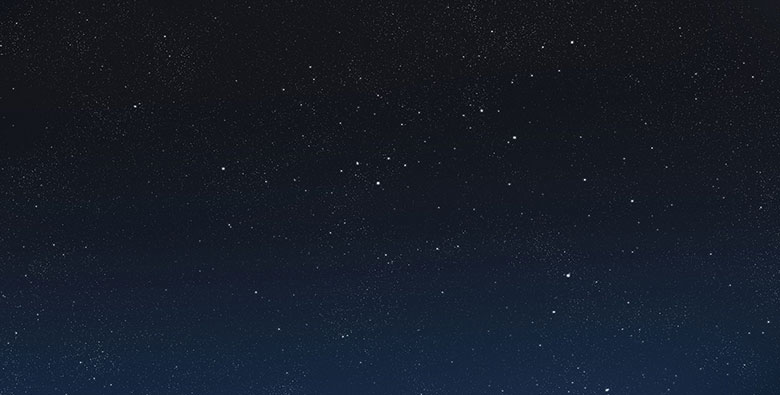This essay will appear in the August/September issue of Ozarks Living Magazine, under my column Grow Your Health
Summer Solstice, the beginning of summer and longest day of the year, brings me to a discussion of sleep. I am reminded of the character Will Dormer played by Al Pacino in the classic thriller Insomnia whose inability to sleep is partly due to the perpetual daylight of our most northern state. I have been doing a lot of research and writing lately for a talk on the relationship of sleep to human health and biology. Far from a time of inactivity sleep is critical for normal energy metabolism, tissue building and healing, hormone function, immune function, detoxification and elimination. Sleep is also important for the symbiosis of ourselves with the creatures that live in and on our bodies – bacteria and other micro-organisms collectively known as the “microbiome” – without which we cannot exist. Sleeps helps regulate emotions, and is critical for the proper organization of networks of nerves which form our memories. In human beings sleep is partly determined by a circadian clock which runs independently, but it is helped by the cycles of daylight and darkness to adjust itself for accuracy and prevent small timing errors from accumulating. Plants, like other living things, have these biological clocks which allow them to respond to changes in time. Among the more obvious plant clock responses are sleep movements such as the opening and closing of flowers and changes in leaf position that many plants display at night. The growth rate of most plants also differs according to the time of the day in a clock-dependent fashion.[1] In addition to cues from temperature plants know, based not on the length of daylight, but on the length of the dark period when to enter dormancy.
Scotobiology is the biology of darkness
There is a geography of darkness, it turns out, which forms a sort of ecosystem. Collectively the communities which interact within the ecosystem function as a single system that is more than the sum of its parts. Furthermore, imbalances introduced into this ecosystem can wreak havoc. There are many examples of how one change to an ecosystem has a ripple effect through the system as a whole. When the gray wolf disappeared from Yellowstone there was a rise in the population of elk that lead to over-grazing of aspen and willows which, in turn, contributed to significant erosion and plants dying off. A reduction of lions and leopards in parts of Africa has led to population outbreaks and changes in behavior of olive baboons, increasing their contact with people and causing higher rates of intestinal parasites in both people and baboons. The decimation of sharks in an estuarine ecosystem caused an outbreak of cownose rays and the collapse of shellfish populations.[2] There are other examples.
How are we connected through darkness and sleep to create an ecosystem? Our individual behavioral patterns are adaptive, but interdependent. As diurnal creatures humans sleep so that our bodies can carry out several essential functions for survival and reproduction. Arguably, this allows for a sharing of resources with those animals that are more typically nocturnal. Plants use darkness to manage their own metabolism, development, and life-perpetuating patterns. Mammalian life would not be possible without plants. Humans, animals, and plants are not the only biological systems in which behavior, and even survival, is entrained by these circadian clocks. The story is also unfolding about microbes. Published data suggests that gut microbial communities influence mammalian circadian clocks through metabolites produced by the bacteria when the mammals eat fiber. Where does the fiber come from? The fiber comes from plants. The converse is also true. Disruptions in natural mammalian feeding behavior alters the microbial signals in a way that disturbs circadian function. This has been observed in mice fed a high fat/low fiber diet mimicking the standard American diet. Instead of producing butyrate, a short-chain fatty acid at levels that vary diurnally, the alterations in the gut microbial community caused by a change in diet produces hydrogen sulfide. This alteration of metabolic signaling disturbs circadian function in a manner that leads to diet-induced obesity. Interestingly, germ-free mice (mice that have their gut microbiome wiped out) fed the same diet do not gain as much weight.[3] Here, it is the combination of the host, the presence of the microbial community, and the environmental input (plant fiber), which keeps the host healthy and the ecosystem in balance. Outside of the laboratory darkness is a critical component of this ecosystem. It is what connects us all.
The New Medicine is based on balance and cooperativity. Of the many things that influence our health trajectory it is likely that light pollution disturbs plant, animal, and microbial communities in ways that are just now becoming evident. Non-restorative sleep patterns, unnatural diets, disturbances in plant life-cycles, and shifts in the microbiome all play a role in disrupting this balance. Here is the writing on the wall. The loss of health or the regaining of vitality has to do with lost connection and re-connection with who we really are. The character Will Dormer in Insomnia struggles not only with the perpetual sunlight that is symbolic of the disturbance of balance which underlies the plot. He struggles with a kind of Karma at work in this small fishing town of Nightmute, Alaska, that pulls back on the detective whose decisions and actions increasingly take him astray from the universal laws of that great Nature.
 Ken Sharlin, M.D.
Ken Sharlin, M.D.
Dr. Sharlin will be speaking about Sleep in Functional Medicine at the 2016 Wahls Symposium, August 4-6, Cedar Rapids, IA
[1] http://plantsinmotion.bio.indiana.edu/plantmotion/movements/leafmovements/clocks.html
[2] http://news.ucsc.edu/2011/07/apex-consumers.html
[3] http://www.the-scientist.com/?articles.view/articleNo/42715/title/Gut-Microbes-Influence-Circadian-Clock/

